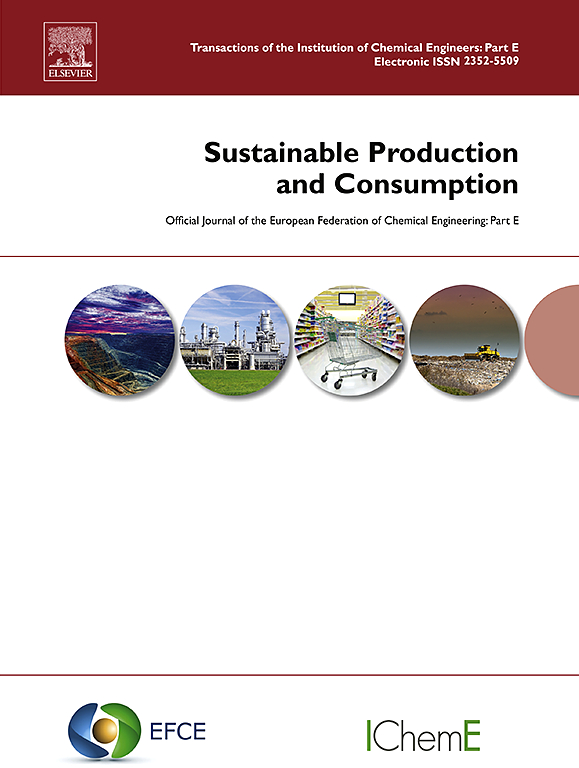Reverse supply chain configurations in the fashion and textile industry
IF 9.6
1区 环境科学与生态学
Q1 ENVIRONMENTAL STUDIES
引用次数: 0
Abstract
In line with the Agenda 2030, the fashion and textile industry is undergoing a transition towards a less environmentally intensive future, embracing the circular economy paradigm. A pivotal role is played by the reverse supply chain, necessitating strategic supply chain location decisions within evolving regulatory and technological landscapes. Literature calls for further investigations into where to locate reverse operations, and on the local-versus-global design of reverse supply chains. This study explores reverse supply chain configurations and their driving factors, through multiple-embedded case studies. Semi-structured interviews were conducted with 9 reverse supply chain actors in Europe, covering all steps of the reverse supply chain. Findings suggest four main reverse supply chain configurations: Fully local, Recycling waste hubs, Mass regeneration zones, and Fully global. Fully local configurations are driven by low transportation costs and environmental benefits but face scalability issues. Recycling waste hubs and Mass regeneration zones, balance local and global trade-offs, optimizing operational efficiency and economies of scale. Fully global configurations, while cost-effective, raise concerns over transparency, environmental impacts, and ethical practices. The study offers recommendations to managers and legislators, while contributing to the local-versus-global debate and circular supply chain management literature.
服装和纺织行业逆向供应链配置
根据《2030年议程》,时尚和纺织行业正在向环境密集度较低的未来转型,采用循环经济模式。逆向供应链发挥着关键作用,需要在不断发展的监管和技术环境中做出战略性供应链定位决策。文献要求进一步调查逆向操作的位置,以及逆向供应链的本地与全球设计。本研究通过多个嵌入式案例研究探讨逆向供应链配置及其驱动因素。对欧洲9个逆向供应链参与者进行了半结构化访谈,涵盖了逆向供应链的所有步骤。研究结果提出了四种主要的逆向供应链配置:完全本地化、废物回收中心、大规模再生区和完全全球化。全本地配置受到低运输成本和环境效益的驱动,但面临可扩展性问题。回收废物中心和大规模再生区,平衡本地和全球的权衡,优化运营效率和规模经济。完全全球化的配置虽然具有成本效益,但引起了对透明度、环境影响和道德实践的关注。该研究为管理者和立法者提供了建议,同时为本地与全球的辩论和循环供应链管理文献做出了贡献。
本文章由计算机程序翻译,如有差异,请以英文原文为准。
求助全文
约1分钟内获得全文
求助全文
来源期刊

Sustainable Production and Consumption
Environmental Science-Environmental Engineering
CiteScore
17.40
自引率
7.40%
发文量
389
审稿时长
13 days
期刊介绍:
Sustainable production and consumption refers to the production and utilization of goods and services in a way that benefits society, is economically viable, and has minimal environmental impact throughout its entire lifespan. Our journal is dedicated to publishing top-notch interdisciplinary research and practical studies in this emerging field. We take a distinctive approach by examining the interplay between technology, consumption patterns, and policy to identify sustainable solutions for both production and consumption systems.
 求助内容:
求助内容: 应助结果提醒方式:
应助结果提醒方式:


